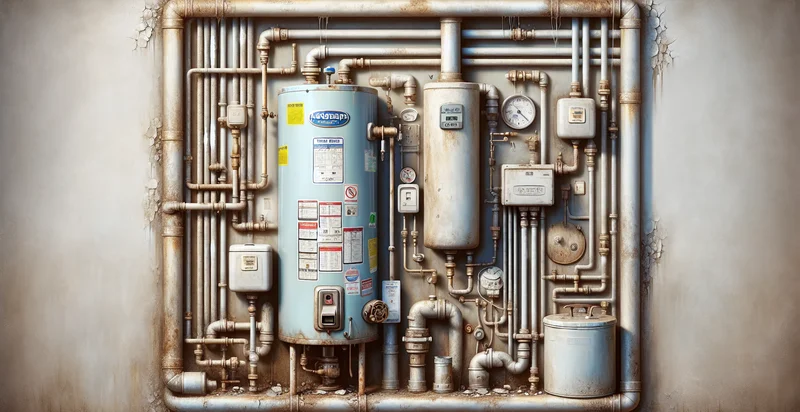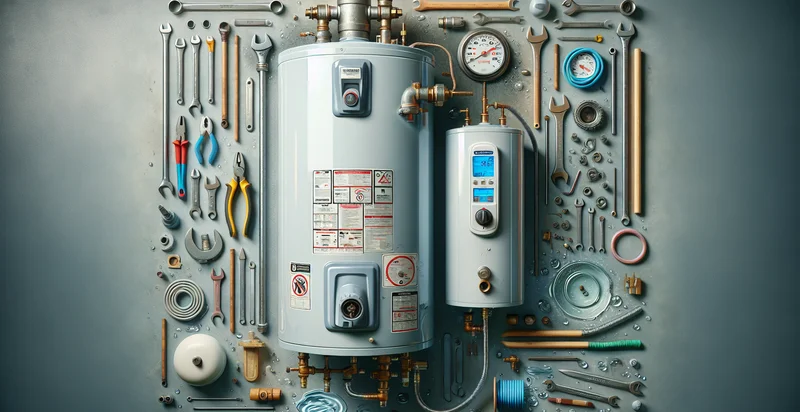Identify heater conditions
using AI
Below is a free classifier to identify heater conditions. Just upload your image, and our AI will predict the optimal heater settings for different room conditions - in just seconds.

Contact us for API access
Or, use Nyckel to build highly-accurate custom classifiers in just minutes. No PhD required.
Get started
import nyckel
credentials = nyckel.Credentials("YOUR_CLIENT_ID", "YOUR_CLIENT_SECRET")
nyckel.invoke("heater-conditions", "your_image_url", credentials)
fetch('https://www.nyckel.com/v1/functions/heater-conditions/invoke', {
method: 'POST',
headers: {
'Authorization': 'Bearer ' + 'YOUR_BEARER_TOKEN',
'Content-Type': 'application/json',
},
body: JSON.stringify(
{"data": "your_image_url"}
)
})
.then(response => response.json())
.then(data => console.log(data));
curl -X POST \
-H "Content-Type: application/json" \
-H "Authorization: Bearer YOUR_BEARER_TOKEN" \
-d '{"data": "your_image_url"}' \
https://www.nyckel.com/v1/functions/heater-conditions/invoke
How this classifier works
To start, upload your image. Our AI tool will then predict the optimal heater settings for different room conditions.
This pretrained image model uses a Nyckel-created dataset and has 4 labels, including Excellent Condition, Fair Condition, Good Condition and Poor Condition.
We'll also show a confidence score (the higher the number, the more confident the AI model is around the optimal heater settings for different room conditions).
Whether you're just curious or building heater conditions detection into your application, we hope our classifier proves helpful.
Related Classifiers
Need to identify heater conditions at scale?
Get API or Zapier access to this classifier for free. It's perfect for:
- Predictive Maintenance: This function can be utilized in industrial settings to monitor the condition of heaters. By identifying false readings indicative of possible malfunctions, companies can schedule timely maintenance, reducing downtime and repair costs.
- Energy Efficiency Optimization: The function can assess heater conditions to determine whether they are operating efficiently. Businesses can analyze performance data to optimize their energy usage, leading to cost savings and reduced carbon footprints.
- Quality Control in Manufacturing: In manufacturing processes involving heaters, this function can assist in ensuring that products are being processed under proper temperature conditions. By flagging erroneous thermal data, companies can prevent defective products and enhance quality assurance.
- HVAC System Management: The function can be integrated into HVAC systems to monitor heater performance across building environments. By identifying discrepancies in heater operations, facility managers can enhance climate control and improve occupant comfort.
- Safety Compliance Monitoring: In industries where heaters pose safety risks, this function helps identify potential hazards due to false thermal readings. Organizations can leverage these insights to ensure compliance with safety regulations and minimize risks associated with overheating or inadequate heating.
- Smart Home Integration: For smart home systems, this function can identify heater operational issues and transmit alerts to homeowners. By providing notifications of false readings, users can take corrective actions before energy waste or safety problems arise.
- Research and Development: In the field of materials science and engineering, this function could be utilized to evaluate heater conditions during various experimental processes. Researchers can rely on accurate identification of performance anomalies to enhance experimental reliability and drive innovation.


